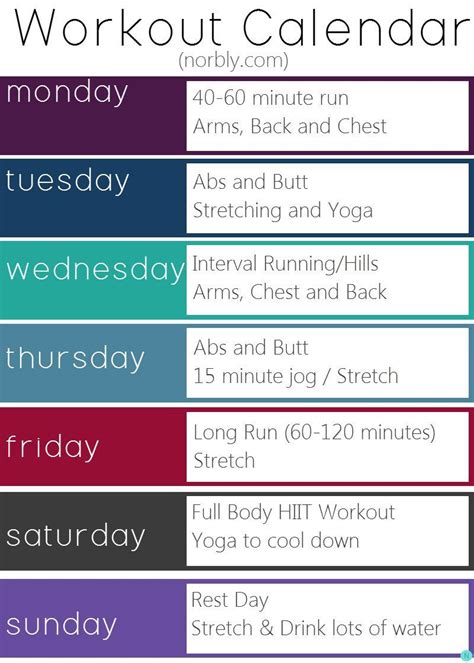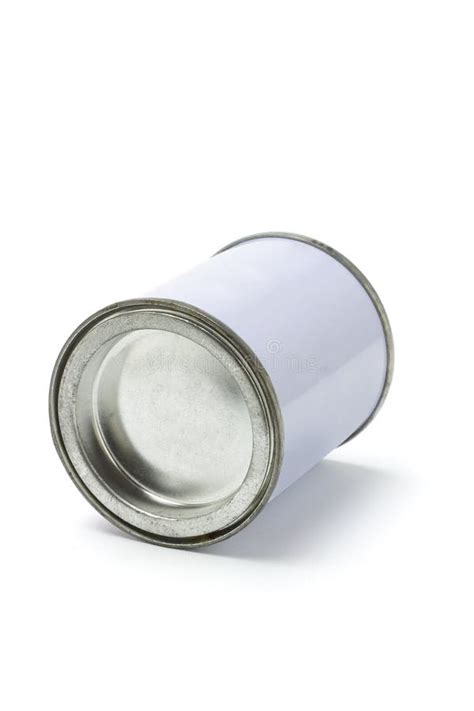Introduction: The Evolving Fitness Landscape After 30
As men transition beyond their twenties, the body undergoes subtle yet significant changes that impact fitness goals. Slower metabolism, potential hormonal shifts, and accumulated life responsibilities often make building muscle and burning fat seem more challenging. However, with a strategic and disciplined approach, men over 30 can achieve impressive body composition improvements, enhance strength, and boost overall health. The key lies in understanding how to adapt your training and nutrition to these evolving physiological realities.
This article will delve into the core principles of an optimal workout routine, blending strength training with cardiovascular exercise, alongside crucial nutritional and recovery strategies tailored specifically for men in their third decade and beyond. Our goal is to provide a blueprint for a sustainable and effective fitness journey.

Pillars of Success: Strength, Nutrition, & Recovery
1. Prioritize Progressive Overload Strength Training
Strength training forms the bedrock of any effective muscle-building and fat-loss routine. For men over 30, it’s not just about lifting weights; it’s about progressively challenging your muscles to grow stronger and larger. This process, known as progressive overload, is crucial for stimulating muscle protein synthesis and boosting your metabolic rate.
Focus on Compound Lifts:
- Squats: Barbell back squats, front squats
- Deadlifts: Conventional, sumo, Romanian deadlifts
- Bench Press: Barbell, dumbbell, incline variations
- Overhead Press: Barbell, dumbbell shoulder press
- Rows: Barbell rows, dumbbell rows, seated cable rows
These exercises engage multiple muscle groups simultaneously, leading to greater strength gains, higher calorie expenditure, and more efficient use of your time. Aim for 3-4 strength training sessions per week, allowing for adequate recovery between muscle groups. For hypertrophy (muscle growth), a rep range of 6-12 reps per set is generally effective, pushing close to failure on your working sets.
2. Strategic Cardiovascular Exercise
While strength training is paramount for muscle and metabolism, cardiovascular exercise plays a vital role in fat burning, improving heart health, and enhancing recovery. The optimal approach integrates both high-intensity and low-intensity methods.
High-Intensity Interval Training (HIIT)
HIIT involves short bursts of intense exercise followed by brief recovery periods. It’s incredibly effective for burning calories in a shorter amount of time, improving cardiovascular fitness, and boosting your metabolism post-workout (EPOC effect). Examples include sprint intervals, battle ropes, or cycling sprints.
Low-Intensity Steady-State (LISS) Cardio
LISS cardio, such as brisk walking, light jogging, or cycling at a moderate pace, is excellent for active recovery, reducing stress, and burning fat without overly taxing your central nervous system. It’s also less impactful on your strength training performance. Incorporate 1-2 sessions of HIIT and 2-3 sessions of LISS per week, depending on your recovery capacity and goals.

3. Dialing in Your Nutrition for Body Composition
You can’t out-train a bad diet. Nutrition is arguably the most critical component for both building muscle and burning fat. For men over 30, managing calorie intake and macronutrient distribution becomes even more important as metabolic rate can naturally slow.
Caloric Intake
To lose fat, you need to be in a slight caloric deficit (consuming fewer calories than you burn). To build muscle, you generally need to be at maintenance or in a slight surplus. A common strategy for ‘recomposition’ is to maintain a slight deficit while ensuring high protein intake to maximize muscle retention and growth during fat loss.
Protein Intake
Adequate protein is crucial for muscle repair and growth. Aim for 0.8-1 gram of protein per pound of body weight per day. Prioritize lean protein sources like chicken breast, fish, lean beef, eggs, dairy, and plant-based proteins.
Carbohydrates and Fats
Balance your carbohydrate and fat intake based on your activity level and individual preferences. Carbohydrates fuel your workouts and aid recovery, while healthy fats are essential for hormone production and overall health. Focus on whole, unprocessed foods like fruits, vegetables, whole grains, nuts, seeds, and avocados.

4. The Critical Role of Recovery and Sleep
Training breaks down muscle; recovery builds it back stronger. This is where many men over 30 often fall short due to increased life demands. Prioritizing recovery is non-negotiable.
Sleep
Aim for 7-9 hours of quality sleep per night. During sleep, your body repairs tissues, releases growth hormones, and replenishes energy stores. Poor sleep can impair muscle growth, increase fat storage, and reduce workout performance.
Stress Management
Chronic stress elevates cortisol, a hormone that can promote fat storage and muscle breakdown. Incorporate stress-reducing activities like meditation, yoga, spending time in nature, or hobbies into your routine.
Sample Optimal Weekly Routine for Men Over 30
This is a template and should be adjusted based on your individual fitness level, recovery capacity, and schedule. The key is consistency and progressive overload.
- Monday: Full Body Strength A
Squats (3×5-8), Bench Press (3×5-8), Barbell Rows (3×5-8), Overhead Press (3×8-12), Core work (2-3 exercises) - Tuesday: Active Recovery / LISS Cardio
45-60 minutes brisk walking or light cycling - Wednesday: Full Body Strength B
Deadlifts (3×3-6), Incline Dumbbell Press (3×8-12), Pull-ups or Lat Pulldowns (3×8-12), Dips or Triceps Pushdowns (3×10-15), Bicep Curls (3×10-15) - Thursday: HIIT Session / Core Work
20-30 minutes HIIT (e.g., sprints, rower) + 15 mins core exercises - Friday: Full Body Strength C (Hypertrophy/Accessory Focus)
Leg Press (3×10-15), Dumbbell Shoulder Press (3×10-15), Seated Cable Rows (3×10-15), Lateral Raises (3×12-15), Leg Curls/Extensions (3×12-15) - Saturday: LISS Cardio / Active Recovery
45-60 minutes walking, hiking, or recreational sports - Sunday: Rest & Recharge

Making It Stick: Consistency and Progression
The ‘optimal’ routine is the one you can stick with consistently. Track your workouts, noting weights, reps, and sets to ensure you’re progressively overloading. Listen to your body and don’t be afraid to deload or take extra rest days when needed. Consider consulting a doctor before starting any new fitness regimen and potentially working with a qualified personal trainer or nutritionist for personalized guidance.
Remember, building muscle and burning fat is a marathon, not a sprint. Celebrate small victories, stay disciplined with your nutrition, prioritize recovery, and remain consistent with your efforts. The results will follow.

Conclusion
For men over 30, achieving an optimal physique means embracing a holistic approach that prioritizes heavy compound lifting, strategic cardio, precise nutrition, and diligent recovery. By implementing a well-structured routine like the one outlined, you can effectively counteract age-related challenges, build significant muscle, shed unwanted fat, and cultivate a stronger, healthier body for years to come. Consistency and adaptation are your most powerful tools on this journey.




